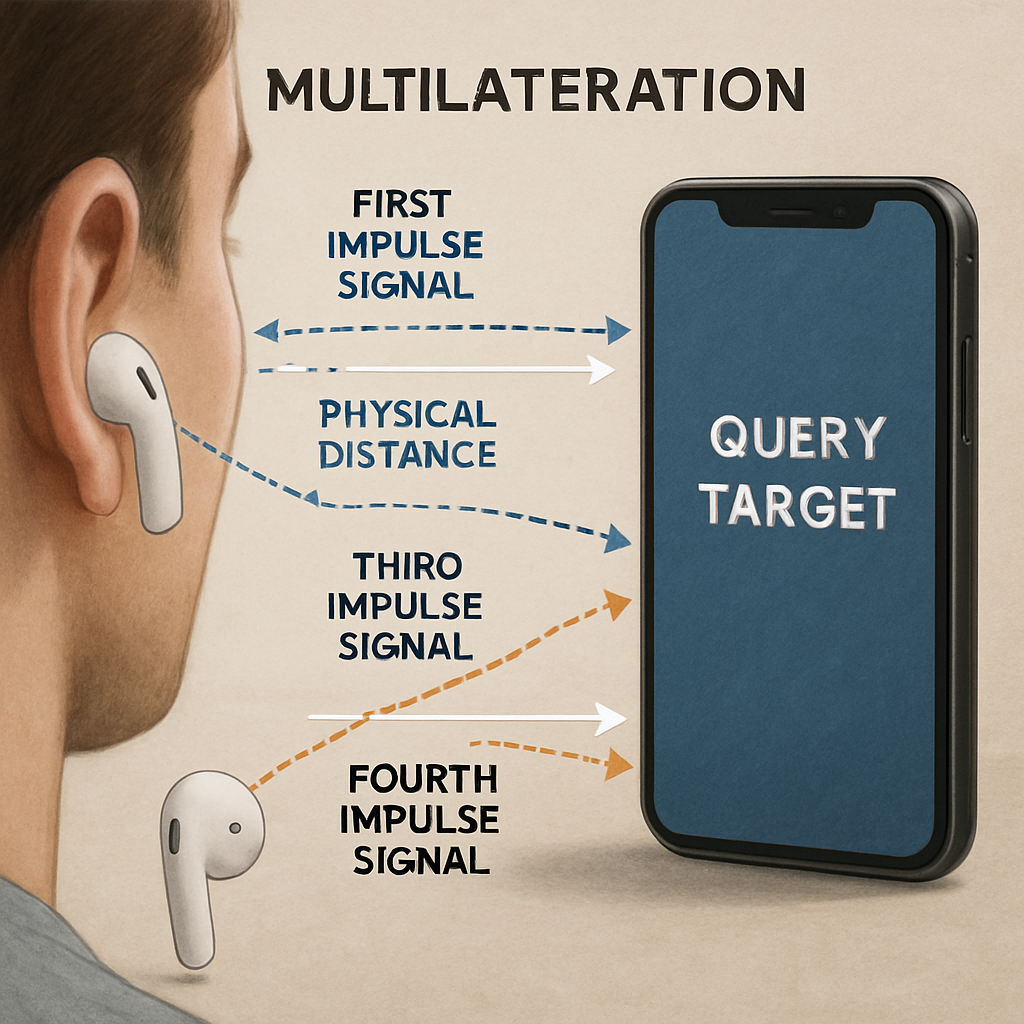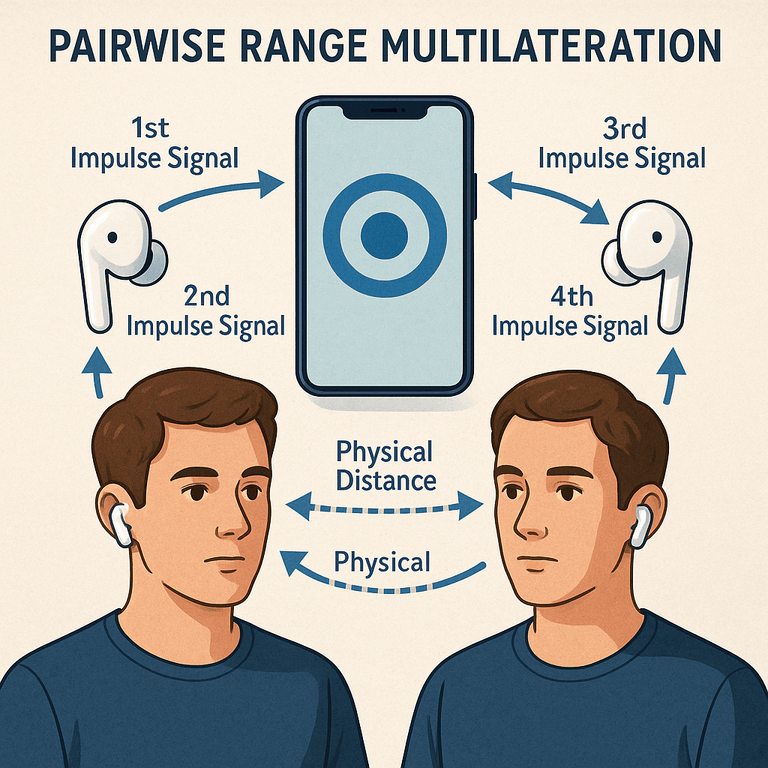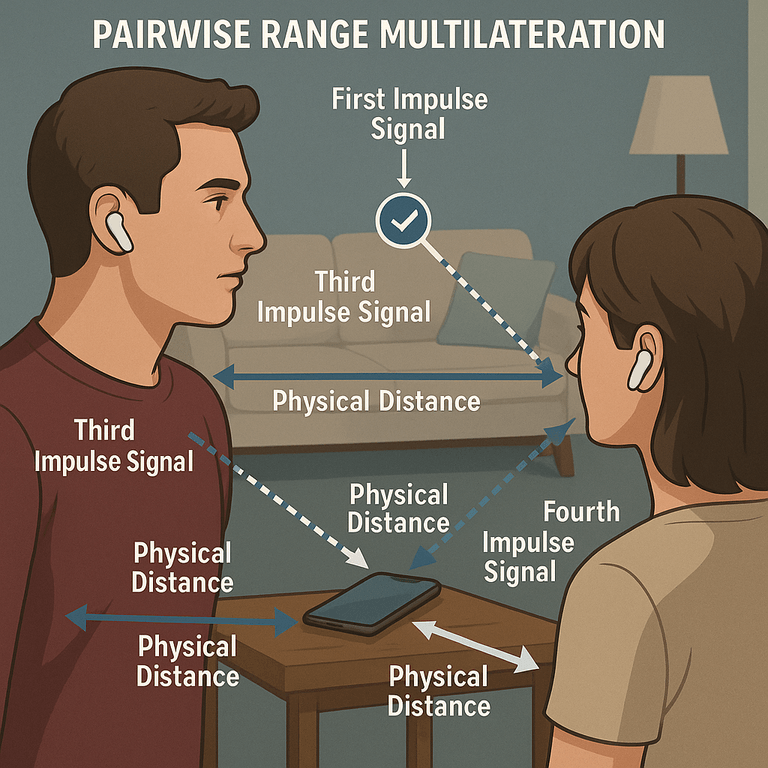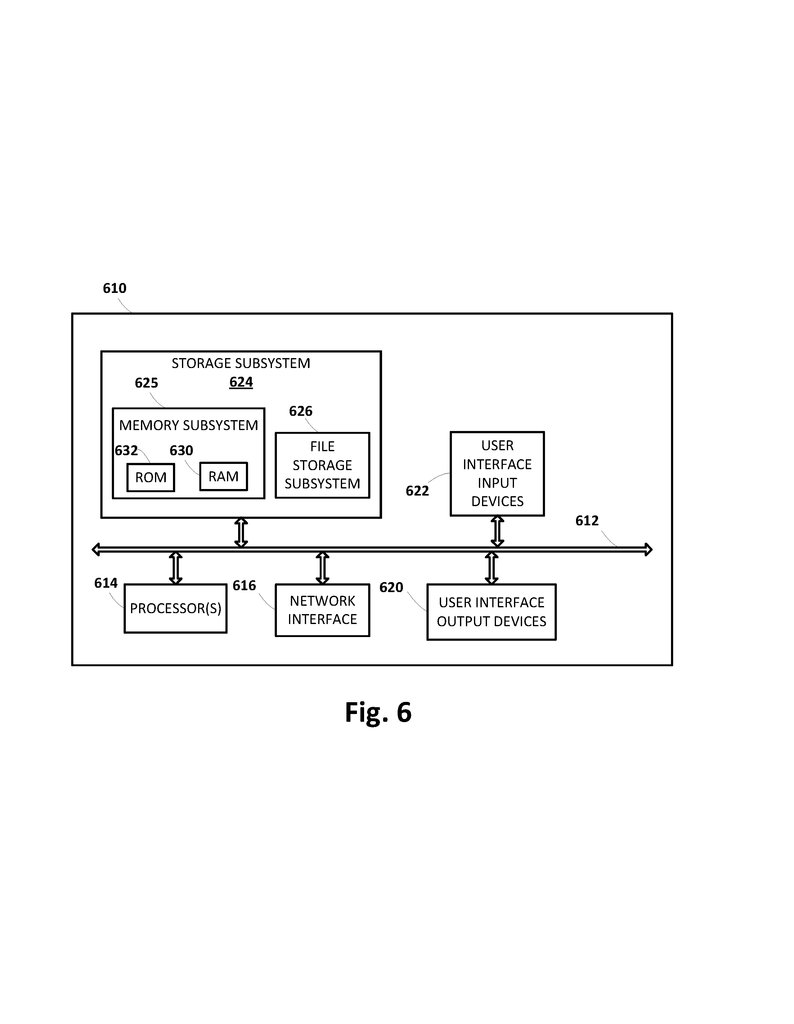Invented by Shin; Dongeek
Technology is moving fast, and our world is getting smarter every day. One area that is changing quickly is how devices like earbuds, smart speakers, and phones know when and how to talk to each other. A new patent application brings a fresh and clever solution to a common problem: when you say something to your smart assistant, how does it know which device should answer? Let’s break down this invention, why it matters, and how it works in simple terms.
Background and Market Context
In many homes, offices, and even cars, people use smart devices every day. There are smart speakers in the living room, smart TVs in the bedroom, and people often wear earbuds or smartwatches. All these devices can listen, talk, and help with tasks using digital assistants like Siri, Alexa, or Google Assistant. Usually, you say a “hotword” like “Hey Google,” and the device wakes up to help you. But what happens if there are several devices nearby? Sometimes, more than one device hears you and they all try to respond. This can be confusing, waste battery, and even feel like your privacy is at risk. No one wants their phone, TV, and kitchen speaker all answering at once when you only meant to talk to one.
This is a real problem. As more people get more smart devices, this mix-up happens more and more. Sometimes, devices in the same room or even in different rooms react to your voice. This can lead to:
– Extra noise and confusion with many devices talking at once.
– Unwanted use of battery and power when devices turn on for no reason.
– Privacy worries if a device records or listens when you don’t want it to.
– A bad user experience when technology feels clumsy or out of control.
Companies are searching for ways to make smart assistants smarter about when, and where, to listen and respond. They want devices to figure out who you are talking to, even if you don’t say a device’s name. This is where the new patent application comes in. It describes a way for your earbuds and your smart devices to work together, so only the right device answers you — and it does this by measuring how close your devices are to each other using ultra-wideband (UWB) signals.
Ultra-wideband is a special kind of radio signal that can measure very short distances, sometimes down to just a few centimeters. Many new phones, earbuds, and smart speakers have UWB built in. This makes it possible to know exactly where each device is in a room, and even which direction you are facing. Using this, devices can “decide” which one should answer you when you speak. The invention in the patent uses this power to solve the confusion problem in a new way.
Scientific Rationale and Prior Art
Let’s talk about how smart devices and assistants have handled this problem before. In the past, devices tried to figure out who should respond by listening for the loudest voice signal, or by picking up clues from microphones about which direction a voice came from. Sometimes, they would even talk to each other over Wi-Fi or Bluetooth to decide who should answer. But these old ways have many problems. For example, a loud TV or echo in the room can confuse the microphones. Or maybe your phone is closer but in your pocket, so it hears you louder than the speaker in front of you. Sometimes both a phone in your pocket and a speaker on the table answer you — that’s not what you want.
Some devices use simple timing tricks. If a device hears the hotword just before another device does, it will try to answer first. Others use special chips to guess if you are looking at them, but this can be slow or not very accurate. Bluetooth can tell if devices are near but can’t measure exact distance or direction well. And all these tricks can still fail, especially in rooms with many devices or lots of noise.
This is where ultra-wideband (UWB) is different. UWB sends out very fast, very short radio signals called pulses. Because these pulses are so short, it’s possible to measure exactly how long it takes for the signal to go from one device to another. Since we know how fast light travels, this time can be turned into a very accurate distance. If you have two devices — like a left and right earbud — each can measure its distance to a smart speaker or phone. By comparing the two distances, the system knows not just how far away a device is, but also if it is in front of you, behind you, or off to the side. This is called multilateration — a fancy word for using several distance measurements to know exactly where something is.
Before this invention, people have used UWB in phones and tags to find lost items, or to unlock a car when you get close. But using two wearable devices (like earbuds) to work together and decide which smart device you are facing is new. It’s a clever way to use the shape of your head and the positions of your ears to guess where you are looking. This is much more accurate than just guessing based on loudness or timing. The patent also uses special math to see if the two distances are close enough, or if they match a number set during setup (called the “ground truth”). This double-checks that the right device is picked, even if there are two smart devices in a line in front of you.
Older solutions could not do this easily or needed more microphones and more power. This patent uses chips and antennas that are already in many new earbuds and smart devices, so it’s easy to add to products without making them bigger or more expensive. It also works very fast — up to 30 times per second — so devices can quickly react as you turn your head or move around the room.
Invention Description and Key Innovations
Now let’s look at what the patent actually claims and how it works in practice. Imagine you are wearing a pair of wireless earbuds. Each earbud has its own UWB chip and antenna. Around you are smart devices like a speaker, a TV, or a display, each with its own UWB chip. Here’s the simple idea: when you talk, your earbuds and the smart devices send UWB signals back and forth. By measuring how long the signals take to go back and forth, each device knows its distance to each earbud.
Let’s walk through what happens step-by-step, in very plain language:
1. The left earbud sends a tiny UWB signal (like a “ping”) to a smart device (let’s call it the candidate device). That device sends a “pong” back. The earbud measures the time between sending the ping and getting the pong. This tells it how far away the device is.
2. The right earbud does the same thing — sends a ping, gets a pong, measures the time.
3. Now, you have two distances: one from your left ear to the device, one from your right ear.
4. The system looks at both numbers. If the difference between them is very small (meaning both earbuds are about the same distance from the device), it’s very likely you are facing straight toward that device.
5. If the difference is big, maybe you are facing away, or the device is off to the side. The system can set a “threshold” — a number that decides how close the distances have to be to count as facing the device.
6. The system can also use a “ground truth” — a special number set during setup that checks if the average of the two distances matches what would be expected if you were facing the device at a normal distance away.
7. If both these checks pass, the device is picked as the “query target.” That means it’s the one that should answer your voice request.
8. The picked device can then wake up its assistant, start listening, and even start turning your speech into text before you finish saying the hotword. Other devices stay quiet, saving power and keeping things private.
This invention brings a few big improvements:
– It uses tiny signals and very fast math, so the system works in real time. If you turn your head, the system can quickly pick a new device.
– It doesn’t need cameras, extra microphones, or any extra hardware. Just the UWB chips and antennas already in many new earbuds and smart devices.
– It’s very accurate, even if two devices are lined up in front of you. By using both the left and right earbuds, the system knows not just which device is closest, but which one is right in front of you.
– It saves power and keeps things simple. Smart devices don’t all turn on at once, and your privacy is better protected because only the right device listens.
– It can also let the chosen device start listening and recognizing speech before you say the hotword, making it feel even smarter and faster.
The patent also covers how the system can work as computer software, hardware, or a mix of both. It can run on the earbuds, on the smart device, or even in the cloud. The system works no matter what kind of devices you have — earbuds, headphones, smart glasses, speakers, displays, and more.
From a technical side, the key innovation is the use of “pairwise range multilateration” between two user-worn devices and one or more candidate smart devices. By comparing the timing of UWB signals and applying thresholds for distance matching, the system can reliably determine which device should answer. This is done without guessing or relying on noisy microphones. It’s also flexible, letting the system adjust thresholds or calibrate distances during setup for even better accuracy. The system can also work at high speed, letting it keep up with quick movements and multiple devices in the room.
Conclusion
The patent application brings a powerful yet simple way to make your smart home or office devices work better together. By using ultra-wideband signals and clever math, it solves a common problem — knowing which device should answer when you talk. This means less confusion, fewer unwanted activations, better privacy, and a smoother experience with technology. The invention does not need new, expensive hardware, and it fits into devices many people already own. As more products add UWB chips, this method could become the new standard for making digital assistants feel truly smart, personal, and in tune with your needs. The future of device interaction is not just about hearing your voice — it’s about knowing, with precision, who you are really talking to. This patent shows how we can get there, one tiny signal at a time.
Click here https://ppubs.uspto.gov/pubwebapp/ and search 20250216535.




